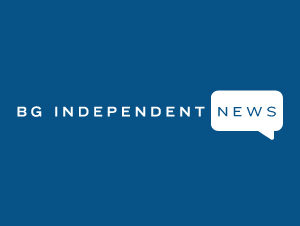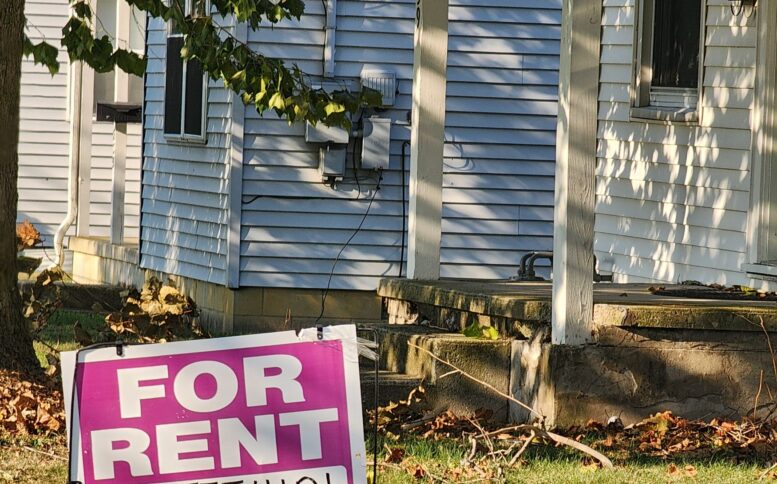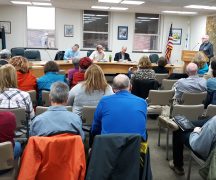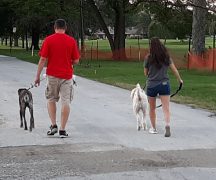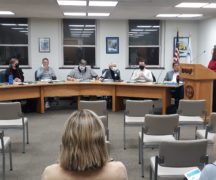By JAN McLAUGHLIN
BG Independent News
Sixty-seven rental housing units failed at least one item on the city’s self-inspection checklists during the first year of required inspections by landlords in Bowling Green.
A wrap-up of the 2024 rental registration and inspection program was presented last week to Bowling Green City Council. The report was given by Chase Fletcher, new senior planner with the city’s planning department.
A total of 7,280 rental dwelling units were registered with the city – of those 7,170 submitted the required self-inspection checklists to the city by the deadline of Oct. 1, 2024.
This rental registration and inspection program involves the efforts of all planning department staff, along with the city’s GIS staff, who developed the on-line portal to support the registration and inspection process. The BG Fire Division and Wood County Health Department assist with complaints and inspection checklist questions.
A new policy was created last year, to determine if a property is a potential rental as well as set the procedure for the sending of letters to suspected unregistered properties or when there is no response to property transfer letters.
Of the 110 rental units where inspection checklists weren’t reported, 106 registered as rentals after the Oct. 1 deadline, so inspections are pending; three reported issues with the online portal; and one was dealing with an eviction.
Four rental units were removed from the self-inspection program since the landlords failed to communicate with the city. Those units will this year be checked by independent inspectors.
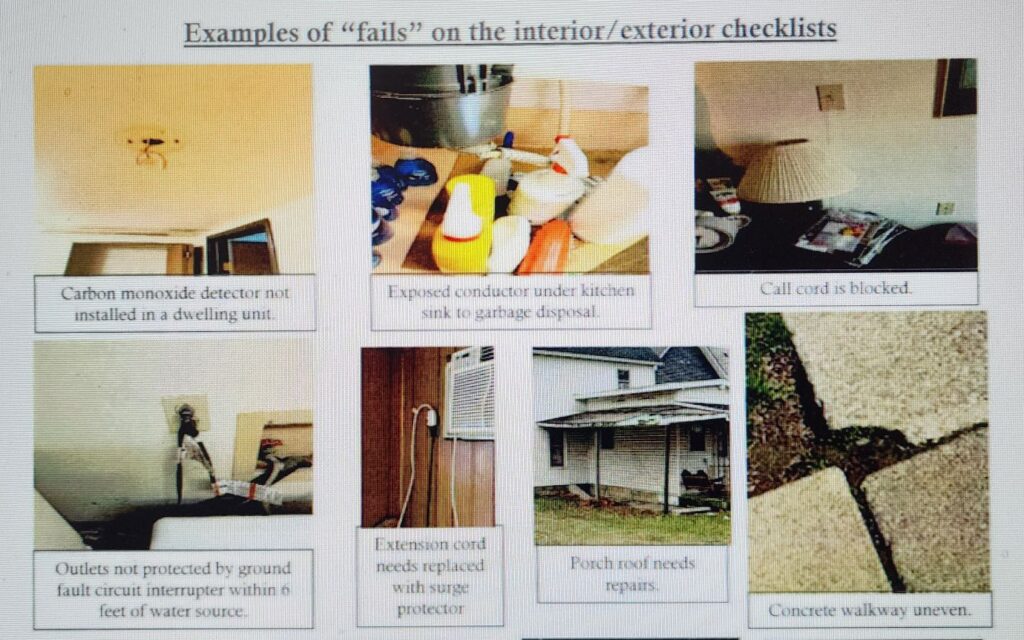
Photos of “failed” checklist items were shown at the City Council meeting, with examples of interior and exterior failures such as:
- Carbon monoxide detector not installed in dwelling unit.
- Exposed conductor under kitchen sink to garbage disposal.
- Call cord blocked.
- Outlets not protected by ground fault circuit interrupter within six feet of water source.
- Extension cord needed replaced with surge protector.
- Porch roof needed repairs.
- Concrete walkway uneven.
- Natural gas pipe that needed capped in a kitchen.
- Furnace that needed to be properly vented.
- Electric meter that needed to be re-affixed properly to the house.
- Tenant was living in unsanitary conditions.
Of the 67 failed items, 43 have been repaired, and 24 have yet to be fixed.
“It is a lot. There’s a lot to grapple with,” Fletcher said to City Council.
But Fletcher noted the high rate of compliance for registrations and self-inspections.
“I think that’s a large success when we’re talking about the number of rentals in the city,” he said.
Local landlords expressed satisfaction in discovering and repairing issues they were not aware of, Fletcher added. Some feedback from property owners included:
- “The city was very helpful and made the system as easy as possible to navigate.”
- “We were surprised at some of the issues that we did not know existed, since they were not reported, and we were able to fix.”
- “I think this program is great. It holds landlords accountable. We are not all slumlords and we want to do the right thing.”
- “This is the best rental program and staff I have worked with. I am happy with the results, which generated a list of repairs we were able to take care of.”
City Council member Jeff Dennis asked about feedback from tenants. Fletcher reported that the most frequent concerns from renters pertained to their landlords charging them extra for the inspections. In those cases, the planning office explained that the city is not requiring the landlords to pay any fees for the program – so any increased rental charges are being imposed solely by the landlords.
